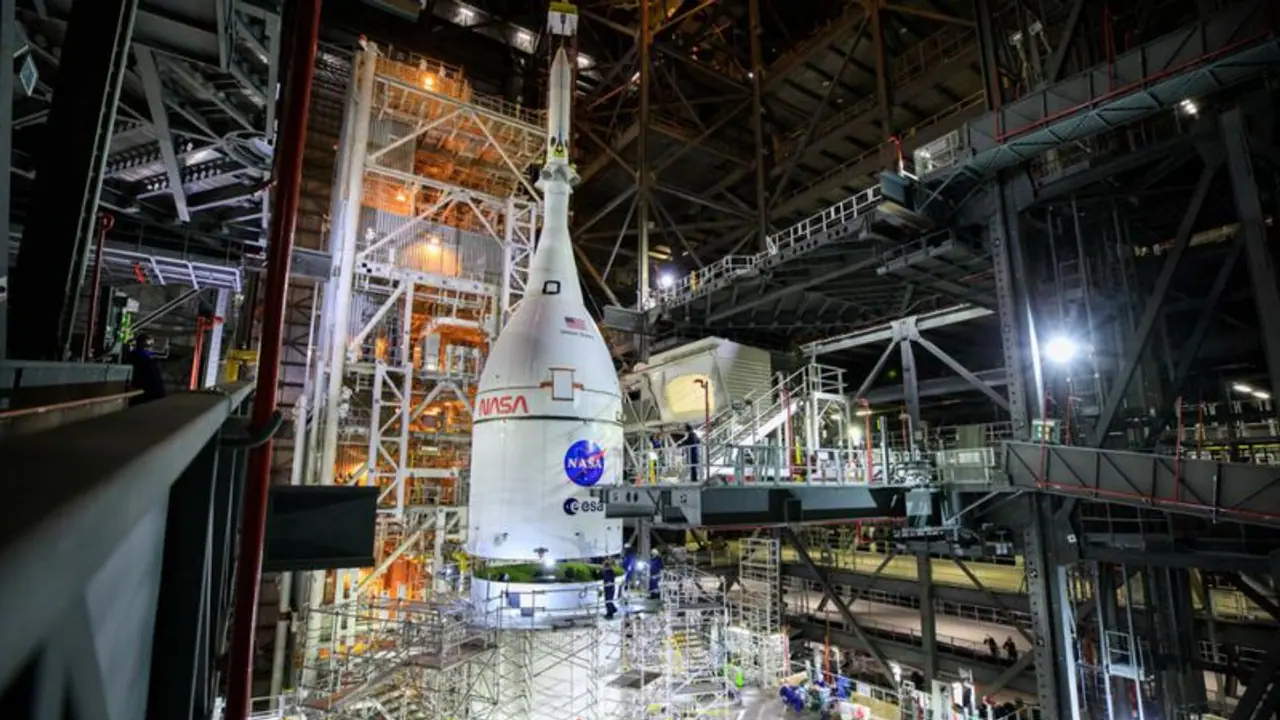NASA stated that Artemis-I would lay the groundwork for human deep space exploration and demonstrate the dedication and competence to extend human existence beyond the Moon.
A spacecraft will conduct a flight test around the natural satellite before humans return, the groundwork for humanity's proposed long-term arrival. The Orion spacecraft, which will orbit the Moon as part of the Artemis mission, is fully loaded into the Space Launch System (SLS), which will launch to the lunar surface in February 2022. After the spacecraft have been stacked aboard the rocket, NASA will conduct a series of integrated testing in preparation for the deep-space launch. For the first time, the rocket and spacecraft will be evaluated as an integrated system. Each test will build on the previous one and conclude in a simulation to prepare for launch day at the launch pad.

Before the first mission with crew aboard Artemis II, NASA stated that Artemis-I would lay the groundwork for human deep space exploration and demonstrate the dedication and competence to extend human existence beyond the Moon.
Also Read | Listen to the sounds of Mars: NASA’s Perseverance rover picks up rumblings on Red Planet
The Orion spacecraft was designed to transport humans and cargo on deep space missions beginning with a trip to the Moon. It will function as the exploration vehicle, transporting the crew to space, providing emergency abort capabilities, sustaining astronauts throughout missions, and allowing safe re-entry from deep space return velocities.
The spacecraft, named after one of the greatest constellations in the night sky, will be at the vanguard of a succession of increasingly complex missions. During the February 2022 launch, an uncrewed Orion will go thousands of kilometres beyond the Moon in roughly three weeks, setting the stage for future journeys with people. The spacecraft can transport four humans beyond low-Earth orbit, providing a safe environment from launch through landing and recovery at maximum capacity. The spacecraft's service module will provide in-space propulsion for orbital transfer, attitude control, and high altitude ascent aborts.
The Artemis mission, headed by the United States, is one of the largest human space exploration missions ever undertaken. Nasa will return to the lunar surface and land the first woman and person of colour on the Moon as part of the mission. The agency intends to construct a base camp on the Moon's surface as well as a flying outpost in its orbit, allowing robots and men to "explore more and perform more science than ever before."
Also Read | NASA launches 12-year long Lucy mission to explore Jupiter Trojan asteroids
Beginning in 2024, NASA intends to deploy a crew to the Moon around once each year. A sophisticated lunar dwelling, a rover, and even a mobile house are part of the Artemis Base Camp design. The agency intends to investigate the lunar South Pole for potential base sites. NASA announced in 2020 that the crew would return to the lunar surface for the first time this century with the Artemis III mission. Two astronauts will take the first fresh journey to the Moon's surface from lunar orbit, landing the lunar South Pole where no humans have ever gone before.
